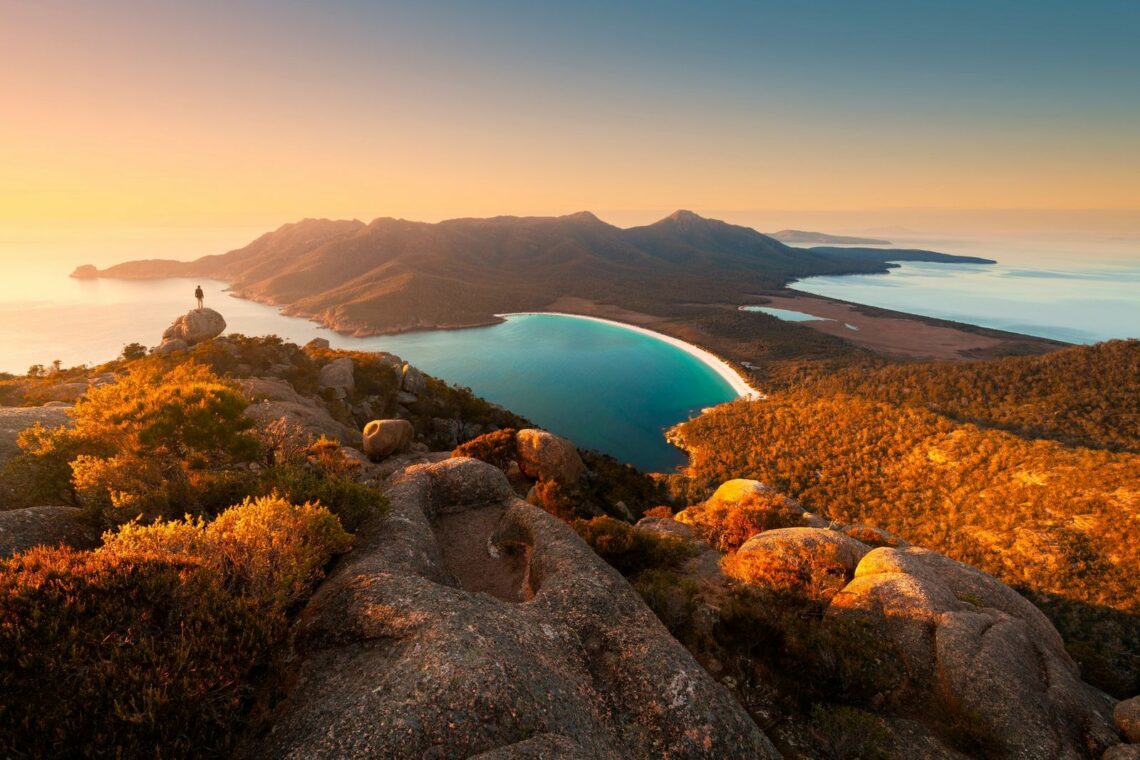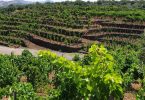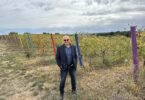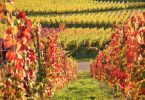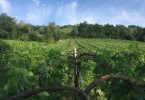Established in late 2006 as a limited company, Wine Tasmania is the peak representative body for Tasmanian vintners and winemakers, working together to build Tasmania’s reputation as a hip wine region like no other in the world , with demand for its wines continuing to grow. exceed production.
We have presented this region here. Let’s find out more in this interview with Sheralee Davies, Chief Executive Officer of Wine Tasmania.

Wine of Tasmania-Meadowbank Credit Adam Gibson and Tourism Tasmania
Sheralee, the wines of the New World are increasingly appreciated by both professionals and consumers. Can you take stock of 2023, both commercially and from a production point of view?
Here in Tasmania, the 2022/23 season was another challenging one in terms of yields but, fortunately, not in terms of quality which was very high. We’re used to variable weather conditions and managing our vineyards accordingly, but some wet and cool growing conditions in some parts of the island impacted on yields. For Tasmanian wine producers, this has meant disappointing some of our supporters around the world, as wine availability has been limited.
Approximately, 895,000 dozen bottles of Tasmanian wine were produced in 2023, almost 40% being Tasmanian sparkling wine and 30% pinot noir, followed by chardonnay, pinot gris, sauvignon blanc, riesling and smaller amounts of other reds including syrah/shiraz. Around 95% of this will be enjoyed in Tasmania and Australia, but we hope to send more around the world in due course. In the meantime, the best thing to do is visit.
We’ve seen really strong continuing demand for Tasmania’s wines from both wine trade and public customers. We’ve also seen record numbers of visitors to the island’s cellar doors over the past year. Tasmanian wines have collected a swag of awards and accolades across the year, and we’re expecting there will be a lot of happy Tasmanian wine lovers when we finally see a return to solid yields!
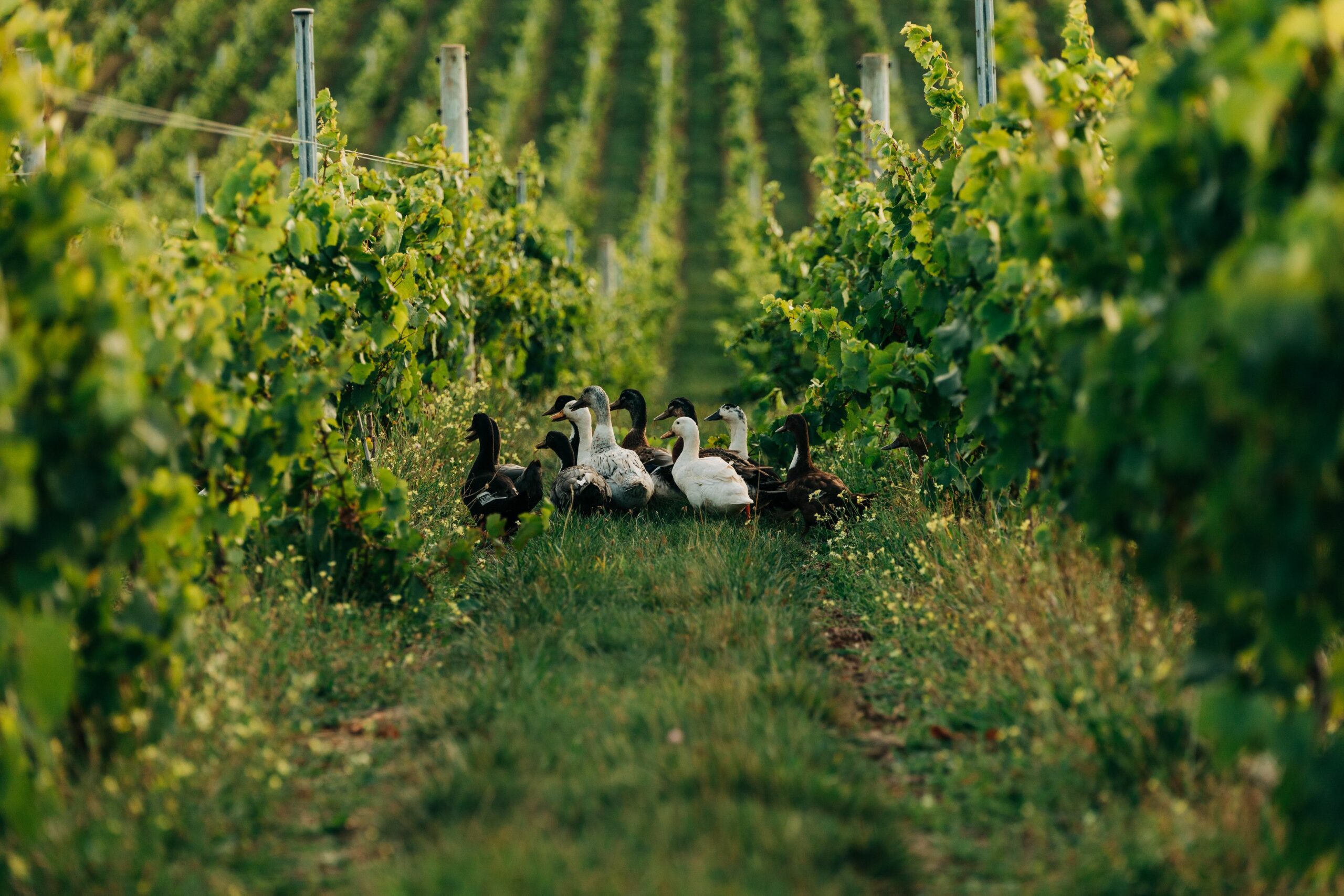
Wine of Tasmania-
Delamere Credit Adam Gibson and Tourism Tasmania
Both due to geographical position and demographic peculiarities, Tasmania, more than other wine regions, is favored by a greater possibility of sustainable production. How do you contribute to sustainable and/or biodynamic wines?
Tasmania’s vineyards are generally small in scale, with a lot of hand management, harvesting and pruning. Environmental sustainability is a key focus and this is supported by Tasmania’s VinØ Program (pronounced vin zero), which provides a practical best management practice framework, currently used across more than half our vineyard area. Further details here – https://winetasmania.com.au/vinØ-looking-after-the-land. Some wine businesses also participate in formal accreditation programs including organic or biodynamic.
While Tasmania’s soil and geology is ancient, its landscape can be fragile. With care and thoughtful management, we will continue to leave the land better than when we started.
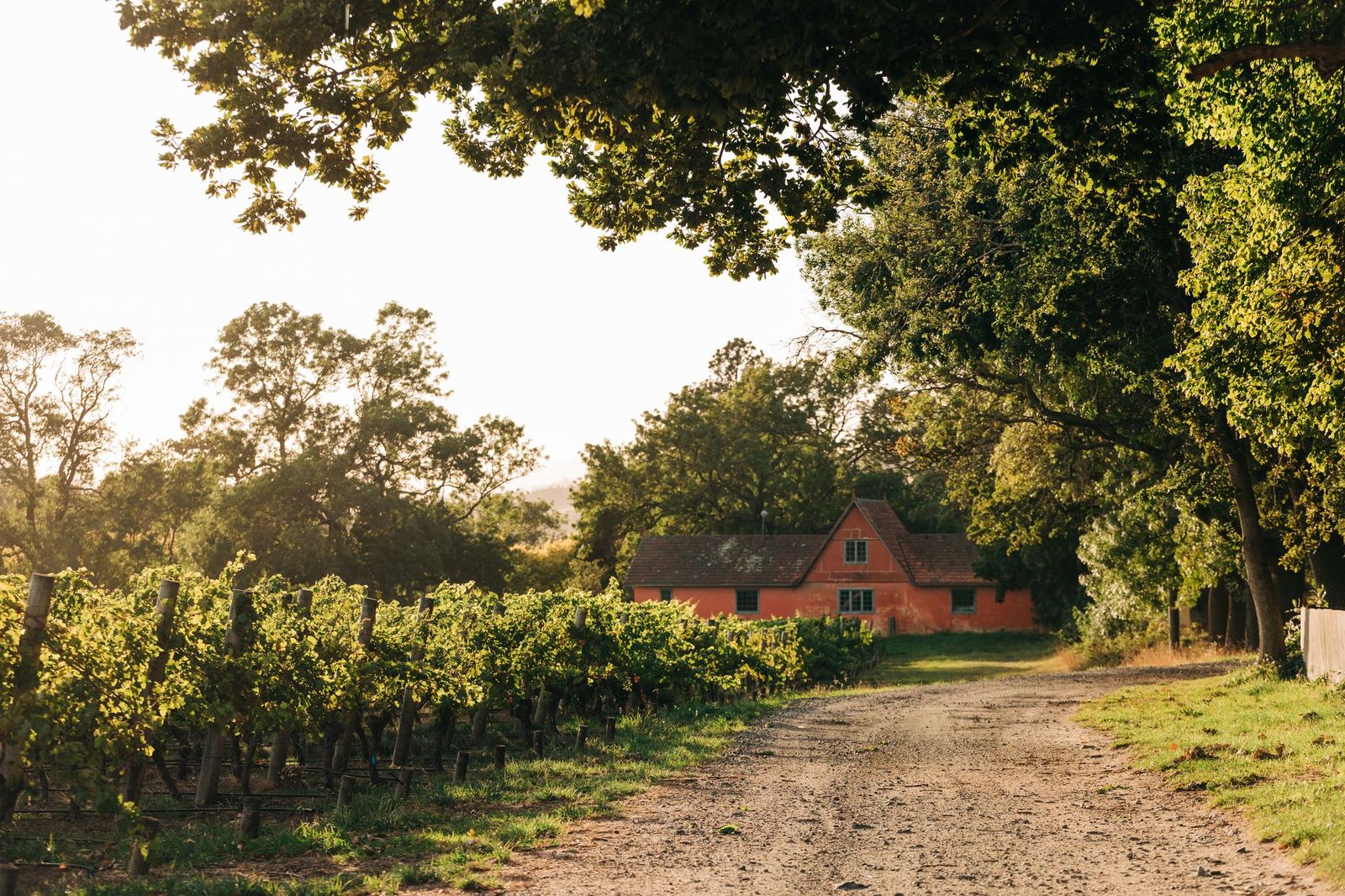
Wine of Tasmania-
Holm Oak Credit Adam Gibson and Tourism Tasmania
Can you introduce the characteristics of the four Tasmanian wine routes?
Tasmania is a small-ish island but is hugely diverse and the landscape changes dramatically over short distances. We’ve grouped our seven wine growing areas into four Tasmanian Wine Trails to help visitors navigate their way to our regional cellar doors. Further details are available at www.winetasmania.com.au/wine-trails.
The North West Wine Trail stretches along the water’s edge of Bass Strait, which divides Tasmania from the Australian mainland. This is the gateway to some of Tasmania’s most popular wilderness destinations, including Cradle Mountain. With its rich and fertile soils and rushing snowmelt rivers, this region is known for everything from berries and vegetables to truffles and some of the island’s most famous dairy products. Although scattered a little few and further between when compared to other areas in Tasmania, vineyards (and warm welcomes) can be found along the wine trail.
The Tamar Valley Wine Trail takes in vineyards around the Tamar River / kanamaluka and the Pipers River. The Tamar River is the expansive waterway which takes the area’s water from dramatic beginnings at Cataract Gorge in Launceston all the way to the open ocean in the north, with plenty of vineyards in the island’s oldest wine growing area. Pipers River vineyards span the north east inland area almost right the way to the coast. Flat land becomes a little harder to find here – vineyards extend from the hilltops to the valleys below and have their roots planted deeply in the rich red volcanic soils. Elevation coupled with fresh sea breezes mean ideal conditions for making some of the world’s most famous sparkling wines.
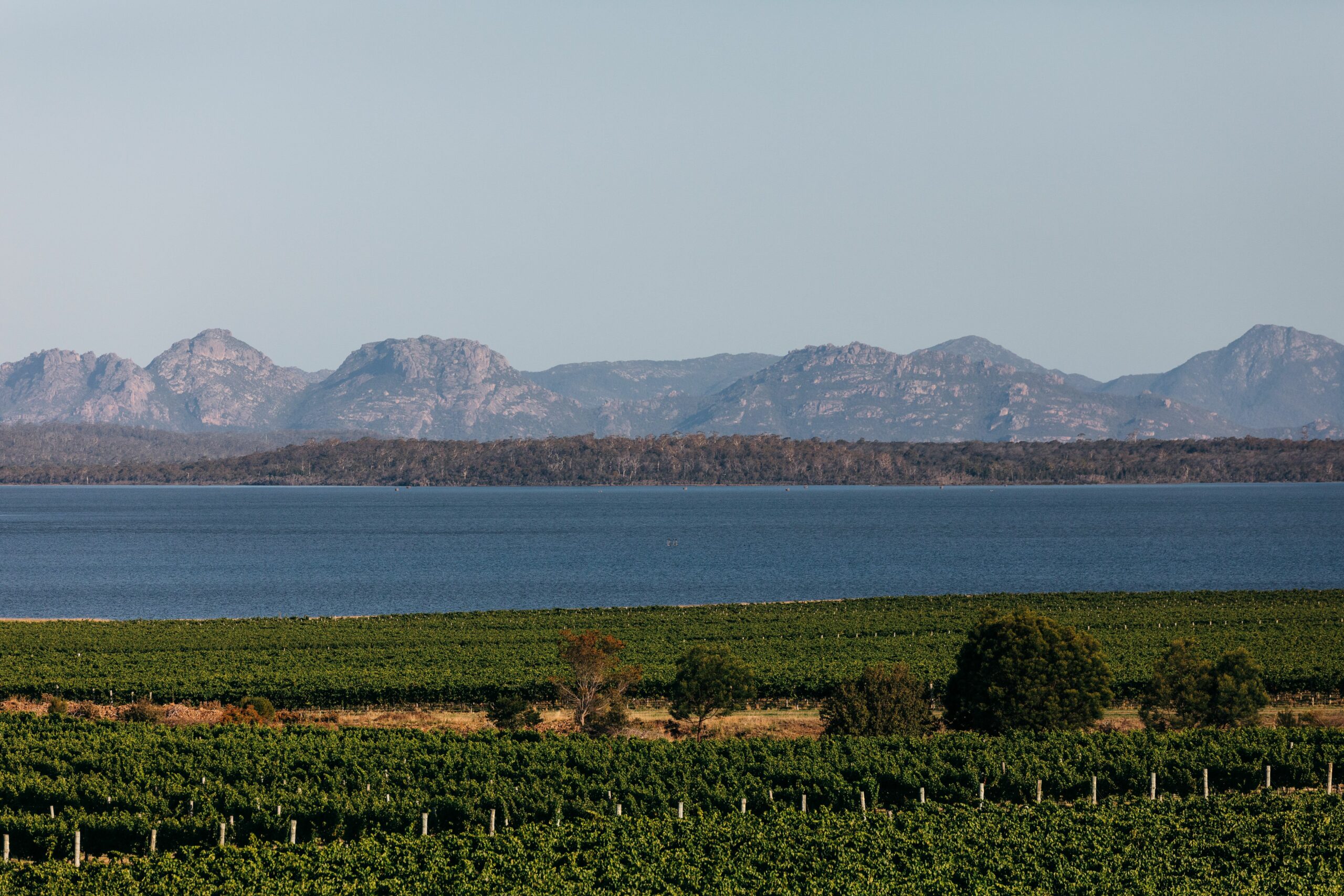
Wine Tasmania Devils Corner Cellar Door Credit Adam Gibson and Tourism Tasmania
The East Coast Wine Trail covers more than 200 kms along some of the most spectacular scenery of white sand beaches and national parks. Vineyards are perched above rocky headlands and often extend almost right down to the water’s edge. From tourist hot-spots and instagrammable moments to small cellar doors a little off the beaten track, you’ll find a diverse range of wine (and food) experiences.
The Southern Wine Trail surrounds the island’s capital city of Hobart, where roads in any direction lead through meandering river valleys winding past apple orchards, farmyards, fishing ports and (of course) vineyards. To the south of Hobart you will find the Huon Valley and to the north east the Coal River Valley surrounding the historic township of Richmond and along the coast of the Tasman Peninsula. To the north west vineyards through the Derwent Valley, where grapes are grown along the riverbanks and hilltop slopes that overlook the Derwent River.
Pristine and breathtaking landscapes, high quality wines. What else can tourists visit your region admire? Do the cellars allow visits?
Our cellar doors love to welcome visitors! Due to the small size of most Tasmanian wine producers, you’ll often be greeted by the grower, winemaker or family member, who will share their stories of challenge and triumph and why they wouldn’t be anywhere but Tasmania. Cellar doors vary from heritage listed stables and cottages through to modern architectural wonders. In addition to warm welcomes and cool wines, many offer tours, local produce, events and more.
Our wines are crafted to be enjoyed with the island’s delicious produce, so eating is definitely something to prioritise on your travels. Truffles, seafood, honey, berries, apples, cheese and so much more are on offer through roadside stalls, farmers markets and at restaurants across the island. There are also some excellent whiskies and spirits, ciders and beers.
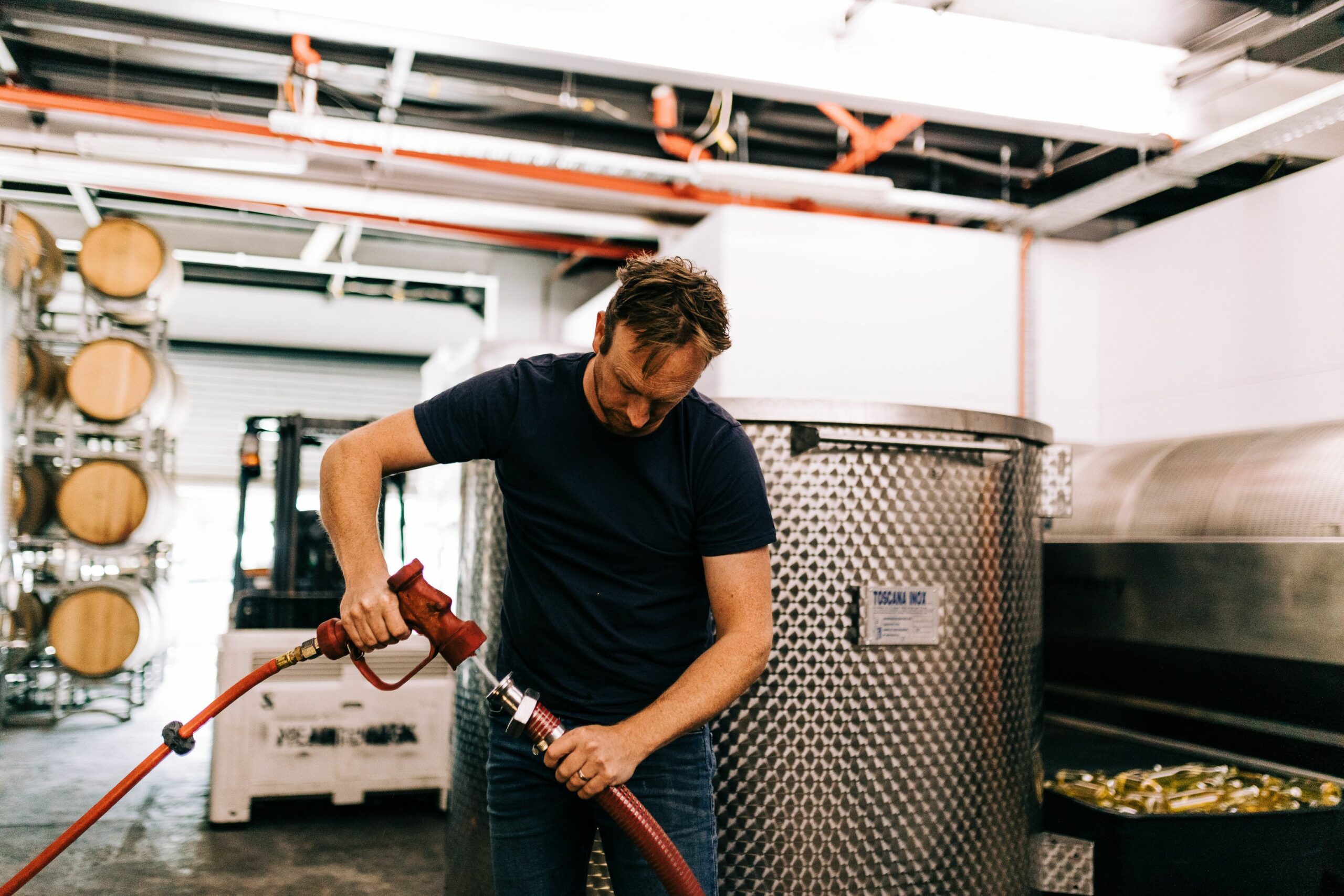
Wine Tasmania Glaetzer Dixon Credit Adam Gibson and Tourism Tasmania
Around 40% of Tasmania is designated as national park or reserve land, with more than half of this being the Tasmanian Wilderness World Heritage Area – so strap on your hiking boots and get exploring. There are easy short walks to amazing waterfalls and mountains, through to multi-day fitness testers.
As an island, we have over 3,000 kms of coastline – on the main and surrounding islands. The beaches are incredible and often the only footprints you’ll find are your own. Taking one of the coastal cruises to view the mind blowing geology from the water, not to mention the abundant wildlife, is another must do activity.
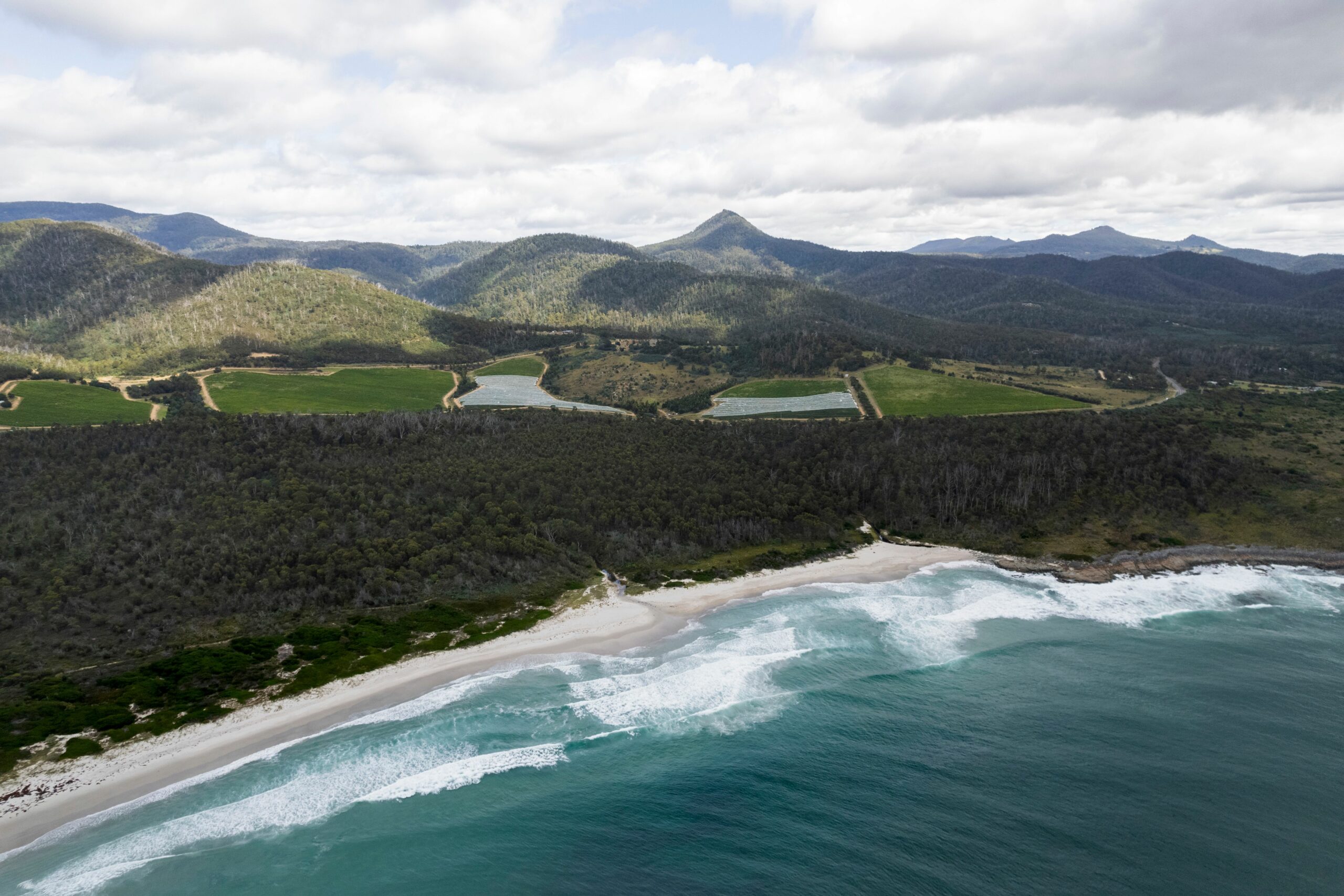
Wine Tasmania Iron House CreditTourism Australia
Tasmania is an island of crafty, creative and innovative people. Visit one of the many markets (including the famed Salamanca Market in Hobart) to collect a handcrafted souvenir or two.
Oh and we have a world-class museum – on the site of our oldest winery, Moorilla. The Museum of Old and New Art (MONA) offers a full (on) sensory artistic experience. Just make sure you allow enough time.


